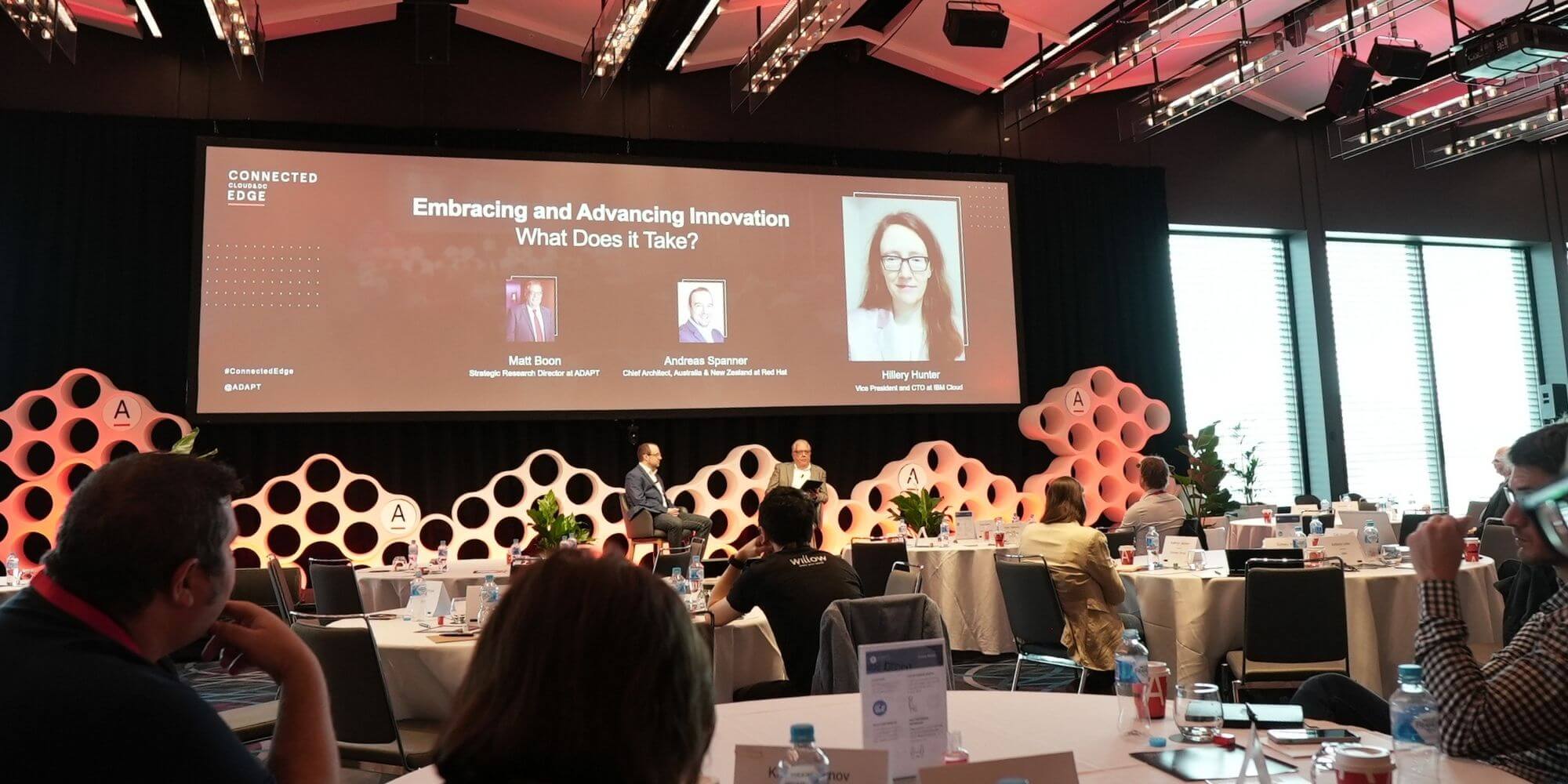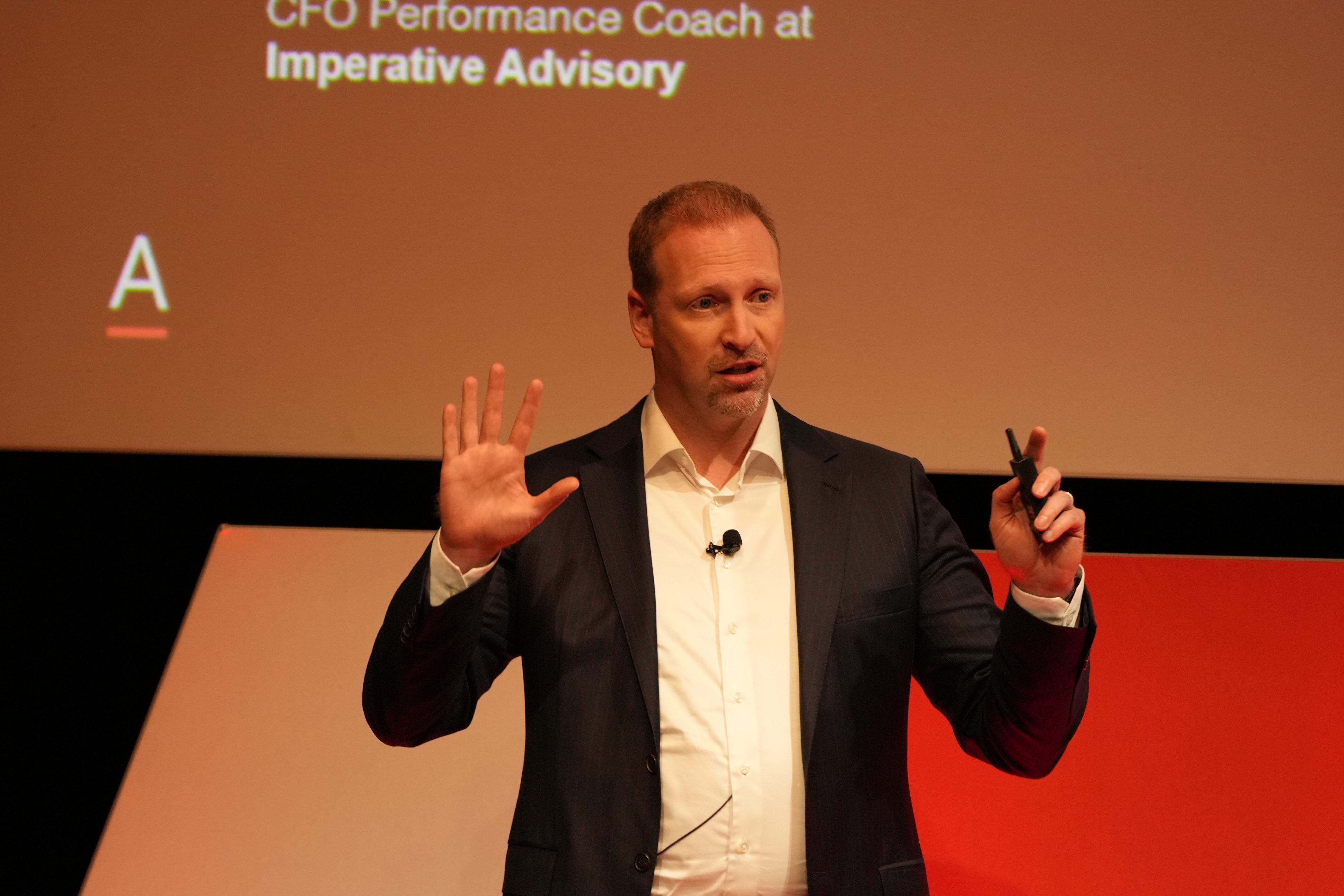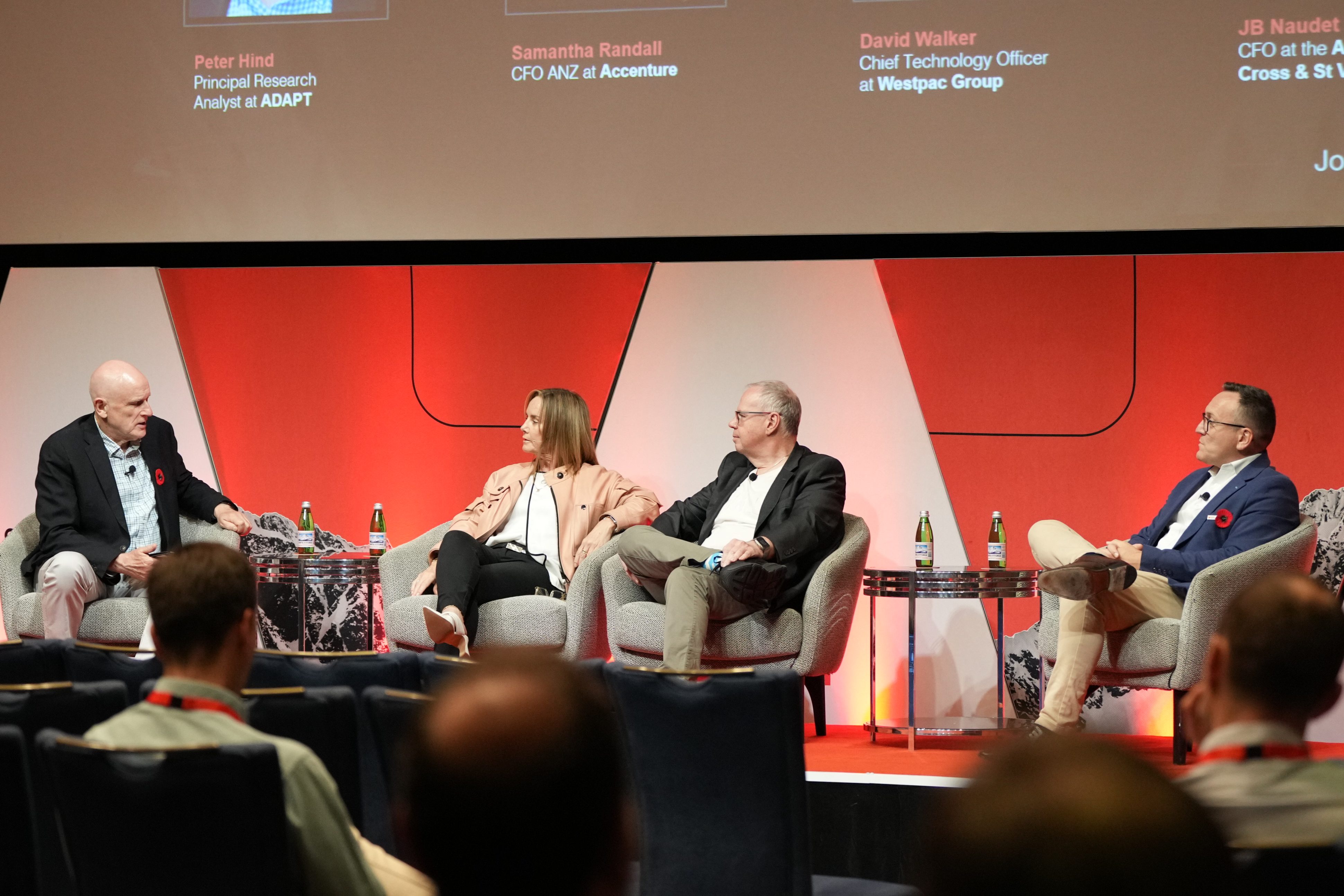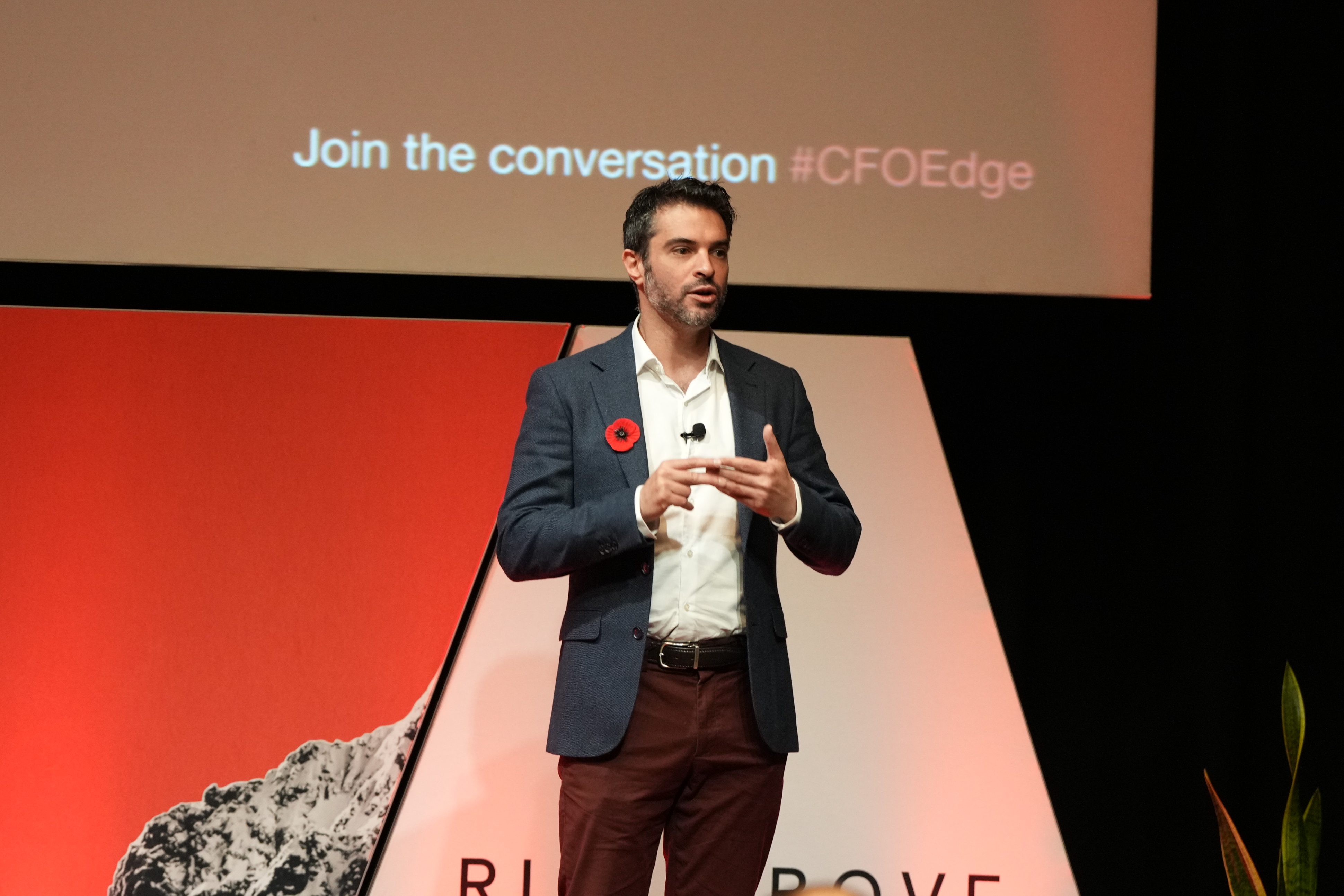The modern enterprise was already under incredible pressure to maintain growth and innovation at an exponential pace, with IT users and service providers trying to keep up with business goals and expectations while delivering seamless user experiences.
With 57% of workloads predicted to still be held on-premise by 2023, organisations should look to secure sensitive assets with vault-like capabilities offered by confidential computing.
When looking for ways to increase speed-to-market and empowering staff to innovate, Hillery Hunter, VP of IBM Cloud, urges digital leaders to shift their workloads to cloud architectures.
At ADAPT’s Connected Cloud and DC Edge event, Hillery explains how the ideal hybrid multi-cloud environment for organisations should mix on-premise modernisation, public cloud, and edge computing.
Leveraging cloud will enable infrastructure to scale with elasticity, positioned to underpin artificial intelligence, machine learning, and IoT capabilities up to forty times faster than lagging competitors.
To unlock the full keynote video and access an entire catalogue of ADAPT’s expert presentations, localised research, case studies, downloadable data and community interviews, speak with a Senior Research Consultant today.
Transcription:
AI is so interesting because I recently worked with teams to do scaled models for large-scale deep learning and analytics.
We worked on doing things 40 times faster than anyone had ever done at scale.”
But it gave me a lot of cause to recognise to say that a while ago, we declared the era of big data. It’s not that the data has shrunk. As an industry, our view of data has matured from a cloud perspective and a local perspective.
There are many nuances about getting efficiency out of an overall cloud computing environment in dealing with what Andreas correctly called “the reality of hybrid and multi-cloud.”
Number one, using cloud and defining what hybrid multi-cloud is, and moving things to the cloud must be done under the constraints of data governance, privacy laws, local sovereignty considerations, particular regulations within the government sector, etc.
There are many constraints on how cloud computing needs to be done and how the cloud is architected correctly.
We found that our clients that are working on an intentional architecture can innovate faster.
They’re able to consume cloud faster, and they’re able to get more things modernised and containerised when they have a choice of deployment locations.”
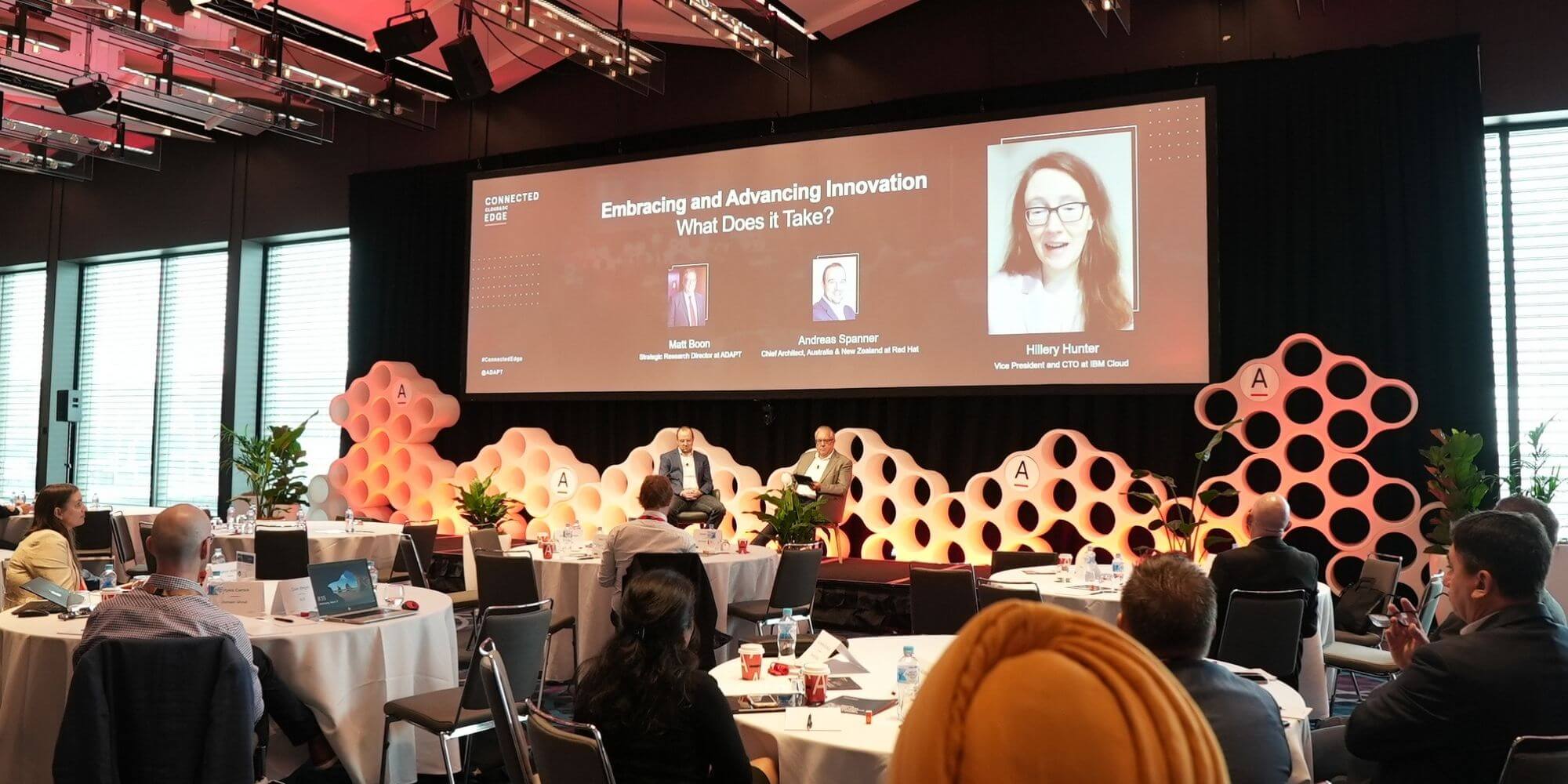
Sometimes that means modernising, breaking things from a monolith into microservices, containerising things and such. Maybe even leaving it on-premises, perhaps for a little while. So that data policy and other considerations can be considered.
When things go into a public cloud context, being able to do AI and analytics and such at scale with elasticity, being able to handle changes in the market for financial institutions and being able to do risk modelling with a great degree of agility, or other things like that are really important elements and opportunities in the public cloud.
It always must be done with seatbelts on because there needs to be a clear understanding of that cloud provider.”
The cloud providers rights to data, the ability to protect and encrypt data, in transit at rest, and even potentially leverage confidential computing and other recent advances and innovations to protect that data when it’s in the cloud.
It really must be that holistic conversation, where the workloads themselves the constraints and opportunities with the data, and then the technologies around AI and machine learning and IoT, and other cloud capabilities that are up and ready to go, are brought together. The solution is three in a box.
The Net Solutions can leverage what the public cloud is good at and leverage what on-premises modernisation can bring through, alongside private cloud deployments.”
It can also leverage things that were the physics of the data, right streaming data, video-based data, sensor-based data, things at the Edge, really ensuring that the cloud goes there, too, because it doesn’t make sense to send that back to some central location.
To unlock the full keynote video and access an entire catalogue of ADAPT’s expert presentations, localised research, case studies, downloadable data and community interviews, speak with a Senior Research Consultant today.





















